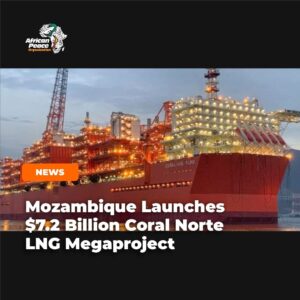Congo Signs Massive $23 Billion Hydrocarbon Deal with Chinese Firm
The Republic of the Congo has inked a transformative $23 billion hydrocarbon agreement with Chinese oil and gas company Wing Wah for the integrated development of three major permits, setting an ambitious target to boost national oil output to 200,000 barrels per day by 2030.
The landmark agreement, officially signed in August by Congo’s Minister of Hydrocarbons Bruno Jean-Richard Itoua, Minister of State Jean-Jacques Bouya, and Wing Wah President General Xiao Lianping, covers the comprehensive development of the Banga Kayo, Holmoni and Cayo permits.
Through this massive investment, Congo aims to ramp up cumulative production across the three permits to more than 1.3 billion barrels by 2050. The deal represents a central pillar in the country’s broader economic and financial strategy, promising substantial fiscal and para-fiscal revenues.
The project extends far beyond crude extraction, featuring an integrated gas monetization component with multi-phase expansion of LNG, LPG, butane and propane production capacity to satisfy both domestic demand and exports. The development includes scalable gas treatment infrastructure, on-site power generation and water-management systems designed for efficiency and community benefit.
Wing Wah has already established a significant presence in Congo through its development of the Banga Kayo field, which currently comprises around 237-250 drilled wells and produces approximately 45,000 bpd, approaching peak output of 50,000-80,000 bpd. Local employment is substantial, with 3,000-3,300 Congolese workers involved, and social benefits including excess power and treated water provided to nearby communities.
The agreement also advances energy sovereignty through the valorization of associated gas for domestic use, which is key to reducing routine flaring. A cornerstone of the project is the creation of a training center aimed at boosting local content by equipping Congolese citizens at all skill levels to access new job opportunities generated by the development.
Sources: worldoil.com, energy-pedia.com





